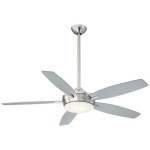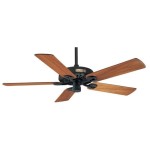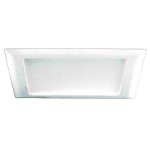Ceiling Fan Direction for Cathedral Ceilings: Ensuring Optimal Airflow
Cathedral ceilings add a sense of grandeur and architectural interest to any space. However, they can also pose unique challenges when it comes to maintaining a comfortable temperature. Ceiling fans are an ideal solution for circulating air and improving airflow in cathedral-ceilinged rooms. Understanding the proper ceiling fan direction for these spaces is crucial for maximizing their effectiveness.
Counterclockwise Rotation for Summer
During the summer months, setting your ceiling fan to rotate counterclockwise helps create a cooling effect. The downward airflow from the fan creates a wind-chill effect on your skin, making you feel cooler. As the air descends, it pushes the warm air up towards the ceiling, where it is then expelled through the fan blades. This continuous circulation of air creates a comfortable breeze that can significantly reduce your reliance on air conditioning.
Clockwise Rotation for Winter
In the winter, the goal is to distribute the warm air that rises naturally towards the ceiling. By setting your ceiling fan to rotate clockwise, you can draw the warm air down to the lower levels of the room. This gentle stirring of air helps keep the room temperature more evenly distributed, reducing the need for heating. Additionally, the slow, upward movement of air helps push dust and allergens towards the ceiling, improving air quality.
Determining Proper Blade Height
To ensure efficient airflow, it's important to have your ceiling fan installed at the proper height. For cathedral ceilings, aim for a blade height of 10 to 12 feet above the floor. This allows the fan to have a greater impact on the temperature of the entire room, without creating uncomfortable drafts or disturbing the natural stratification of warm and cool air.
Fan Size Considerations
The size of the ceiling fan is also a factor to consider when maximizing airflow in cathedral ceilings. Larger rooms with higher ceilings require larger fans with more powerful motors to effectively circulate the air. Generally, a fan with a blade diameter of 52 to 60 inches is suitable for most cathedral ceilings.
Choosing the Right Fan Style
Cathedral ceilings offer an opportunity to incorporate unique and decorative ceiling fans that enhance the architectural style of the room. Look for fans with longer blade spans and high-quality motors designed for high-volume spaces. Hugger or low-profile fans are a good choice for rooms with lower ceilings.
Additional Tips
For optimal airflow, keep the ceiling fan clean and free from dust accumulation. Regular maintenance ensures that the blades and motor operate smoothly and effectively. Additionally, using a light kit with your ceiling fan can serve as a supplemental source of illumination and add a touch of ambiance to the room.
By following these guidelines on ceiling fan direction and installation, you can create a comfortable and energy-efficient environment in your cathedral-ceilinged space. Enjoy the benefits of improved airflow and temperature control all year round while complementing the architectural beauty of your home.

What Is The Right Ceiling Fan Direction For Winter

Ceiling Fan Guide The Home Depot

Ceiling Fan Direction In Summer And Winter The Home Depot

Which Way Should Fan Spin In Summer Or Winter Hunter

Fans Sustaility Victoria

What Direction Should Your Ceiling Fan Spin In Summer And Winter Delmarfans Com

Why Change Your Ceiling Fan Direction In Summer Winter

Fan Types For Every Room
Ceiling Fan Direction In Winter Vs Summer Taskrabbit Blog

Ceiling Fan Faq
Related Posts








